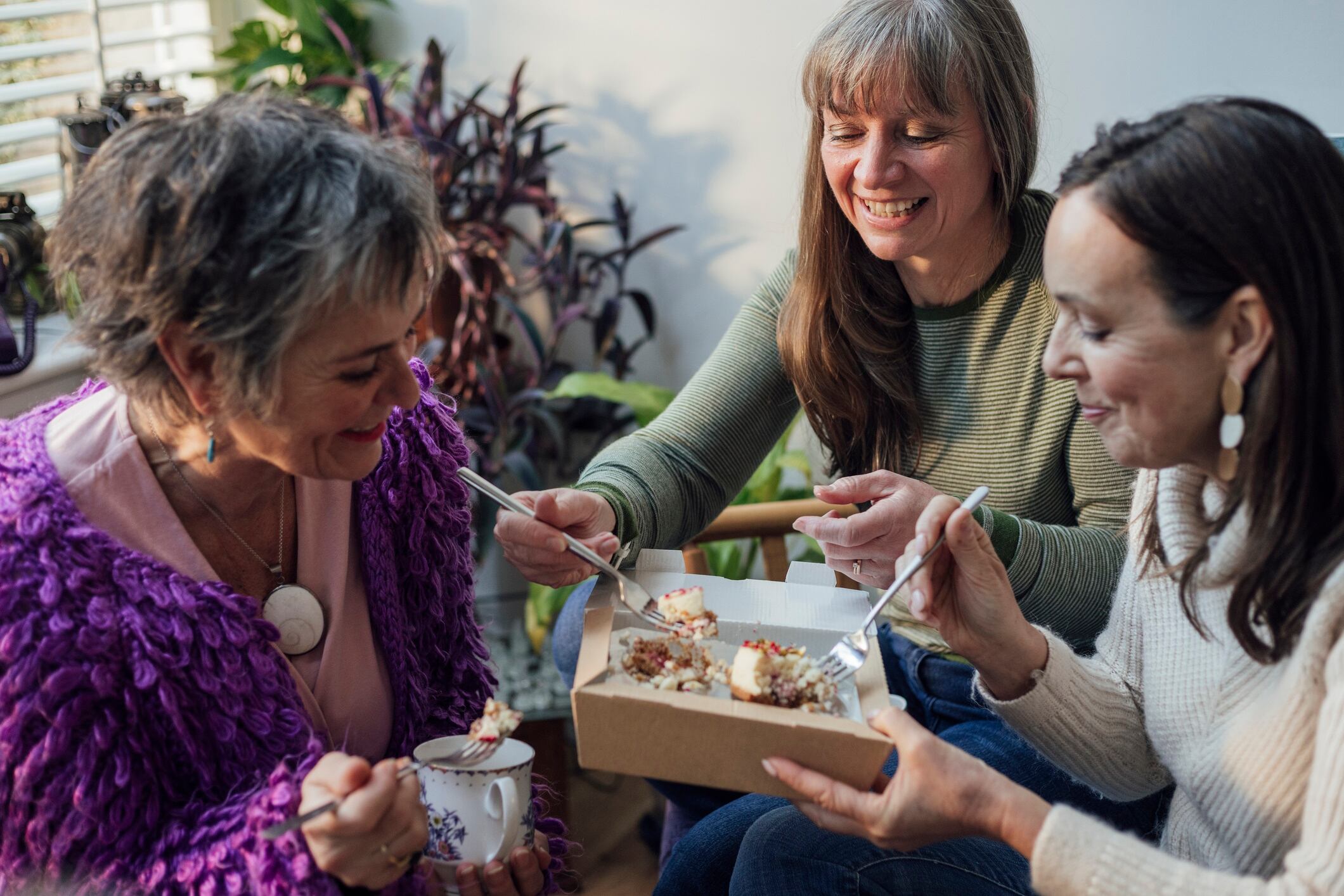Once relegated to the ‘guilty pleasure’ status, snacking has emerged as a full-fledged emotional ritual in consumers’ daily lives.
Mondelēz International’s 2024 State of Snacking report revealed a global groundswell of support for the idea that a small indulgence is not only acceptable, but essential.
The newest kernel of insight from the snacking giant is that consumers aren’t just reaching for snacks because they’re hungry – they’re reaching because they believe they deserve it.
As brands explore new terrain in the emotional economy of food, the rise of the ‘treat yourself’ mindset reveals shifting cultural priorities, the nuance of generational snacking habits and the opportunity to deliver both pleasure and purpose in every bite.
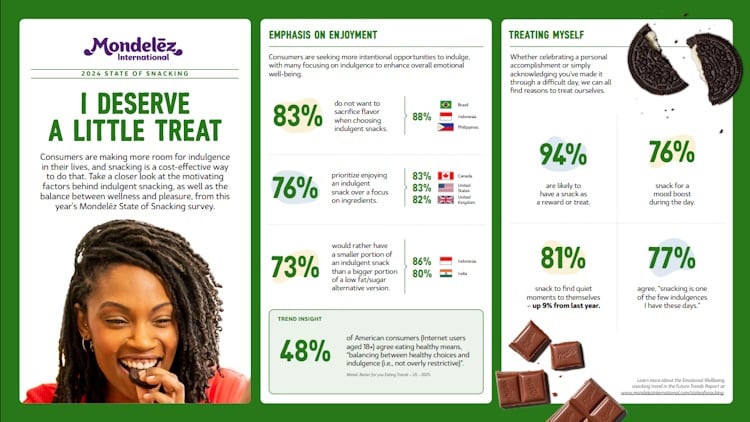
From guilt to gratification
Snacking has undergone a major image makeover. Where once a mid-afternoon chocolate cookie was framed as a dietary slip, today it’s celebrated as an act of self-kindness.
According to the Oreo maker’s report, 76% of consumers say they snack for a mood boost; while 81% do it to enjoy a quiet moment to themselves. These moments are no longer incidental – they’re planned, even ritualised.
The appeal lies in immediacy. In a world of stress, economic uncertainty and digital overload, snacking offers a quick, accessible escape. Consumers are giving themselves permission to pause and savour, redefining indulgent eating as a healthy emotional choice.
Brand opportunity?
Highlight the emotional role of snacking more deliberately:
- Label treats as ‘stress relievers’ or ‘mood boosters’ on pack
- Encourage consumers to build snack rituals around mindfulness
- Partner with wellness influencers to reposition indulgent snacks as part of daily self-care
Micro-rewards & little luxuries
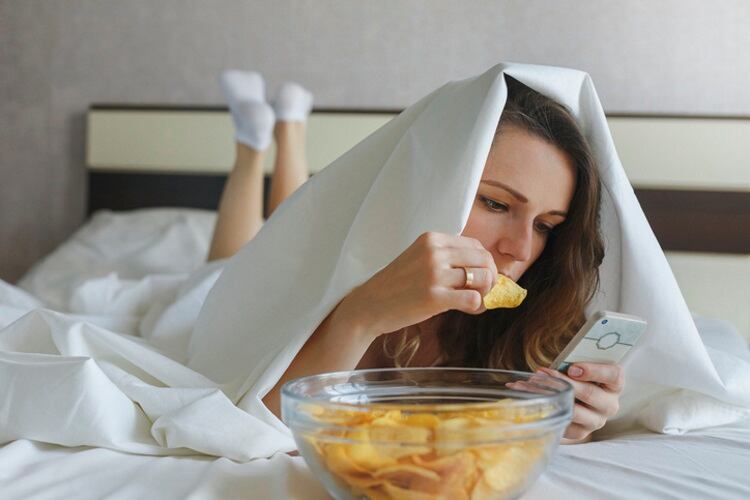
This shift plays into a wider consumer behaviour pattern: the pursuit of micro-rewards. Whether it’s finishing a work task or surviving a school run, the modern snack isn’t just a food item: it’s become a personal pat on the back. This is evident in the finding that 94% of consumers have a snack as a reward or treat.
And it’s not just any treat. Mondelēz’s report notes 45% of consumers are willing to pay more for high-quality ingredients or unique flavours. These aren’t random indulgences: they’re carefully chosen pleasures. Snacks like single-serve bakery items, flavoured nut mixes and premium chocolates are being positioned as affordable luxuries – low-cost ways to bring joy into the everyday.
Brand opportunity?
Reinforce the ‘little wins’ strategy:
- Develop snack lines or campaigns linked to daily achievements, such as, ‘win the day with one bite’.
- Offer multipacks designed for weekly mini milestones
- Elevate packaging with premium finishes or giftable formats
Gen Z vs Millennials: Different flavours of indulgence
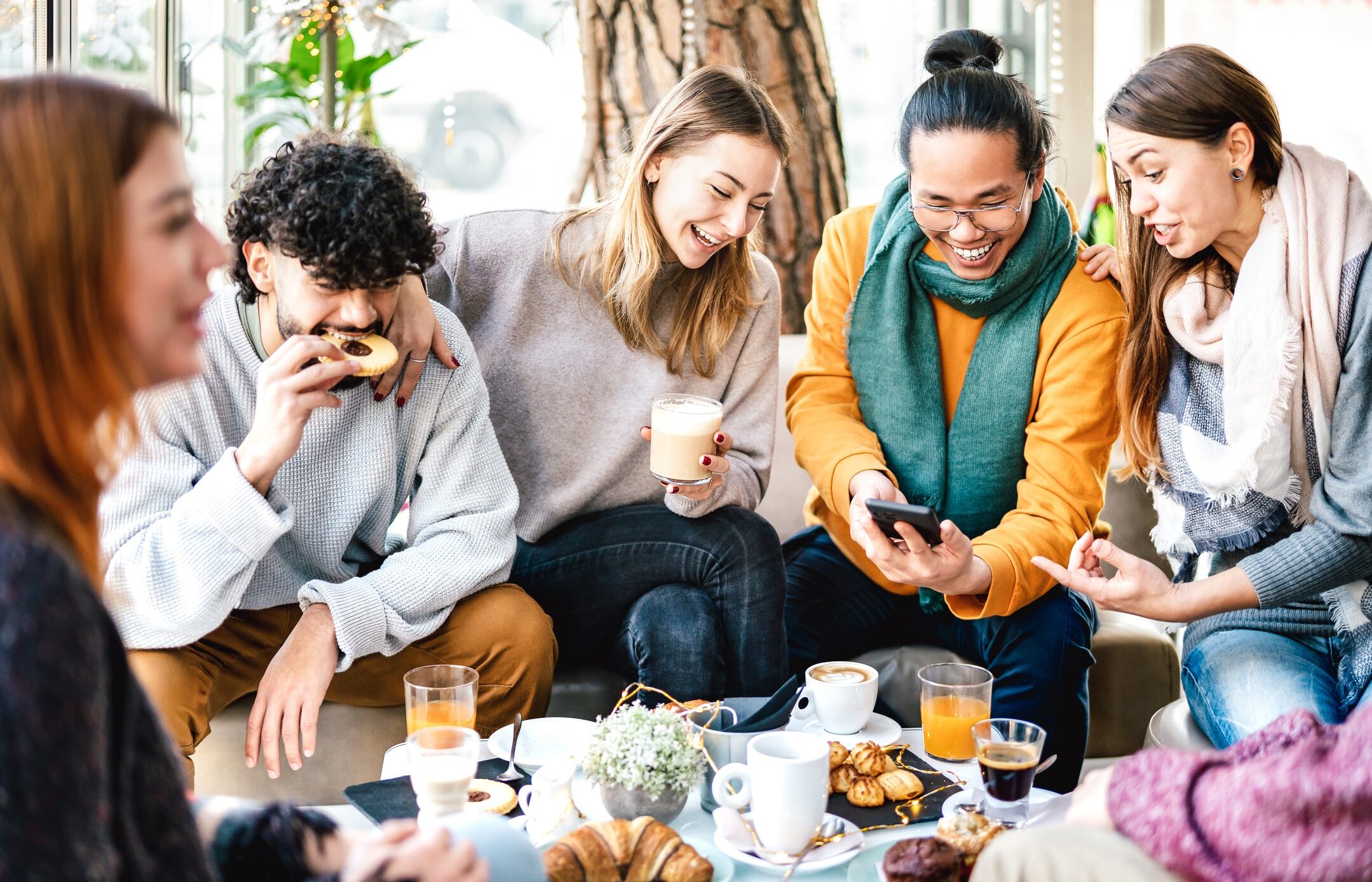
On a whole, younger consumers are driving this shift, but it’s important for producers to note that Gen Z and Millennials indulge differently.
Gen Z snackers lean into novelty and experience. They’re more likely to chase limited edition drops; explore international flavour profiles; and experiment with texture mashups. For them, indulgence means discovery.
Millennials, by contrast, treat snacks as comfort and calm. They gravitate toward nostalgic products and trusted brands, often seeking indulgence through familiarity. With many balancing family and careers, they use snacks as a buffer in chaotic days – a few minutes to breathe.
Both groups are highly engaged in emotional snacking, with 73% saying their favourite snack can instantly improve their mood. Yet the emotional tone differs: Gen Z’s indulgence is expressive and exploratory; Millennials’ is restorative.
Brand opportunity?
Tailor formats and flavour profiles by generation:
- Target Gen Z with playful, bold limited edition releases and global flavours
- Appeal to Millennials through nostalgic reformulations with better-for-you twists
- Align formats to life stage – portable formats for Gen Z; shareable or multi-serve packs for Millennials
Global nuances
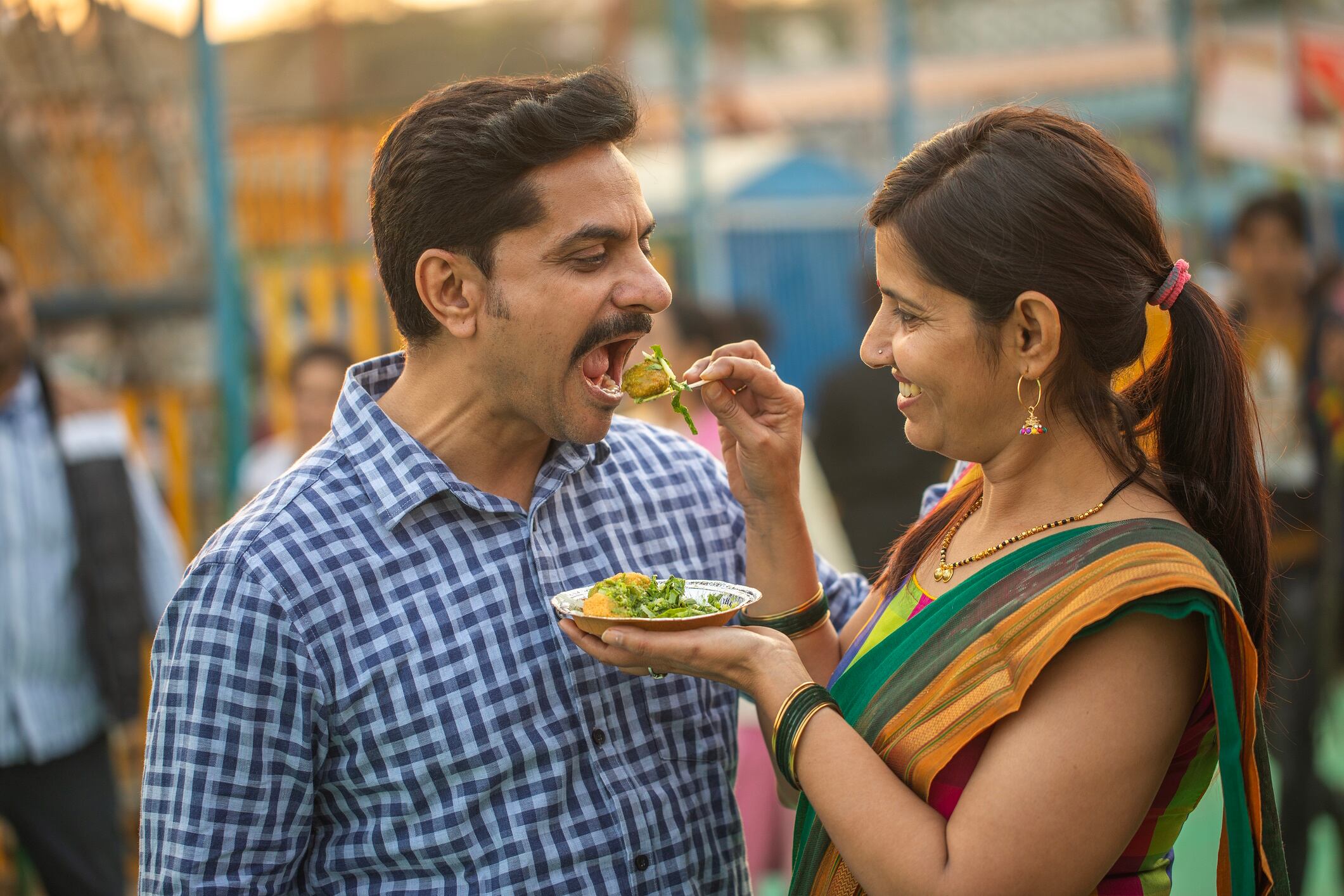
While the treat-yourself trend is global, the execution is regional.
In the US, indulgent snacks often feature rich, familiar flavours like peanut butter or salted caramel. Americans have embraced all-day snacking, and premium offerings (think artisanal popcorn or gourmet bars) cater to a consumer base that views snacks as everyday joy.
In the UK, the concept dovetails with tea-time rituals. Sweet biscuits and chocolate bars are staples, and the rise of HFSS regulations has nudged innovation toward portion control and permissible indulgence.
In Brazil, snacking is social and celebratory. Traditional sweets like brigadeiros share shelf space with emerging premium products, reflecting a culture that embraces indulgence but also responds to economic fluctuation.
In India, snacks straddle old and new. Younger consumers might enjoy a chocolate-coated wafer as a treat, while their parents prefer traditional mithai. The surge in packaged snacking is bringing indulgent options into more homes, blending modern convenience with cultural expectations.
Southeast Asia shows a similar hybridity. From the Philippines to Indonesia, snack culture thrives on novelty, affordability and shareability. Treating oneself might mean a favourite local sweet or the latest viral snack from abroad.
Brand opportunity?
Localise indulgence:
- Lean into flavour nostalgia and comfort for region-specific launches
- Celebrate local snacking rituals with limited-run packaging or storytelling
- Co-create products with local influencers to build cultural relevance
The balancing act
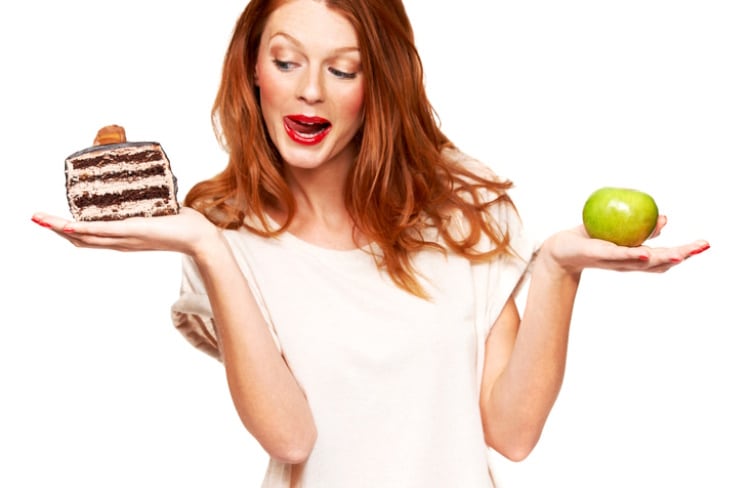
Indulgence versus health: herein lies the industry’s tightrope. Consumers are embracing indulgence, but they’re also mindful of health. The report highlights 48% of respondents define healthy eating as ‘balance between healthy choices and indulgence’.
That’s where ‘permissible indulgence’ comes in. Position snacks as part of holistic wellness. Emotional wellbeing now counts alongside physical health, giving indulgence a new legitimacy. Messaging around mindfulness, satisfaction and balance resonates deeply. Brands are crafting treats that satisfy cravings and align with nutritional aspirations: protein-enriched cookies, reduced-sugar bars, snacks with clean labels. Portion size is also a lever, with smaller packs offering control without compromise.
Brand opportunity?
Bridge indulgence and better-for-you:
- Reformulate classic treats with fibre, protein or natural sweeteners
- Introduce ‘balanced snacking’ labels or guideposts to build trust
- Focus on storytelling – show how indulgent ingredients can still support mindful choices
Making the treat worth it
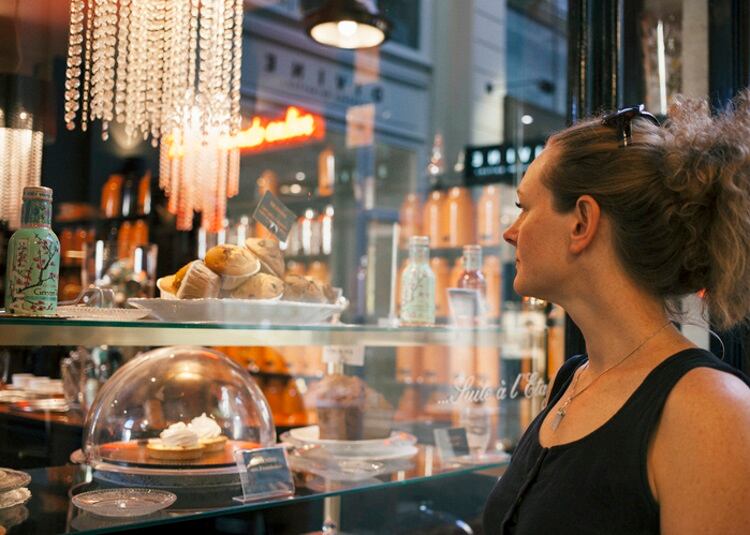
As indulgence becomes more common, pricing pressure intensifies. Inflation has reshaped spending habits, but consumers still carve out budget for treats. The trick’s in justification. Premium snacks must feel worth it – whether through packaging, provenance or flavour experience.
At the same time, accessible treats still hold power. Convenience stores and private label brands are gaining ground, offering inexpensive indulgence in smaller formats. For consumers, it’s not always about the price point; it’s about the emotional return.
Brand opportunity?
Justify indulgent pricing and expand value:
- Use storytelling and provenance to frame products as affordable luxuries
- Offer premium treats in smaller pack sizes to reduce entry cost
- Build ‘everyday indulgence’ bundles for multichannel promotions.
The future of treating
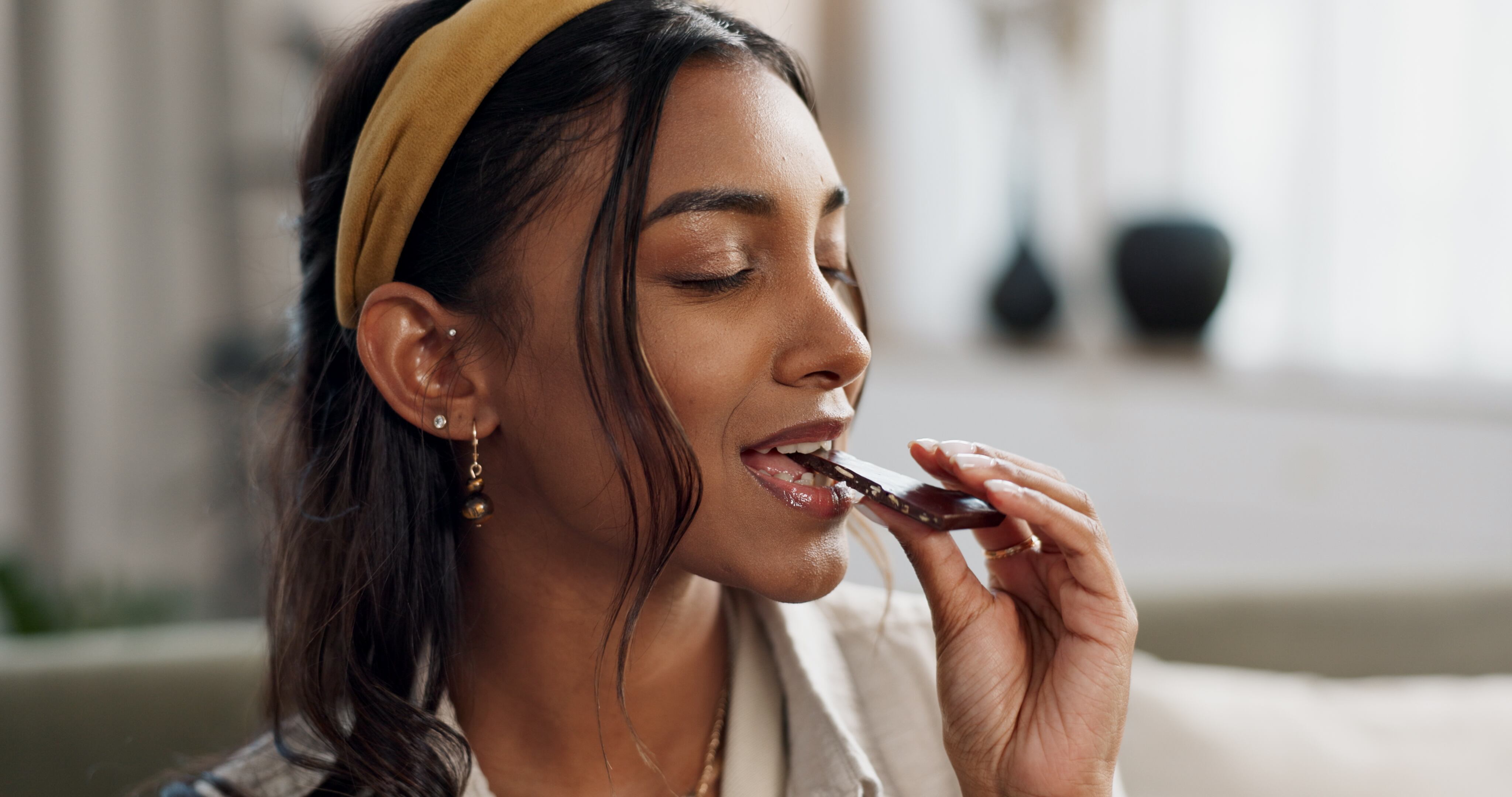
Snacking is no longer about convenience alone – it’s about connection. As such, brands are innovating across product, packaging and positioning to deliver joyful moments.
Think:
- Limited edition flavours that tap into curiosity
- Portion-controlled packs that enable guilt-free indulgence
- Story-driven marketing that frames snacks as self-care tools
- Instore displays that group products by mood or occasion
Retailers are responding with treat-themed aisles, digital snack pairings and curated ‘me-time’ bundles. Online, personalised snack recommendations are growing, with AI suggesting treats based on cart behaviour or time of day.
Consumers around the world are no longer asking permission to enjoy snacks. They’re asserting their right to a treat, and they want brands to meet them with offerings that are indulgent, intentional and emotionally satisfying.
This is an open invitation for producers to elevate snacking from functional to experiential. As the world grows more chaotic, the comfort of a small, satisfying bite becomes more significant. Whether it’s a nostalgic cookie or a cutting-edge flavour combo, the best snacks now deliver more than taste – they deliver a moment.
And in a world hungry for those moments, that little treat? It’s a big opportunity.


